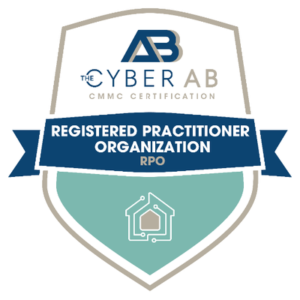Security information and event management (SIEM) technologies provide a holistic view of an organization information security, combining security information management and security event management capabilities into one security management system.
In recent years, the increasing complexity and sophistication of cyber threats have driven significant evolution and growth in SIEM systems. The market for SIEM is forecast to grow at a robust 12.2% compound annual growth rate to reach $17.1 billion by 2029, up from $9.6 billion in 2024, according to Mordor Intelligence.
As SIEM systems continue to advance, the following is a brief overview the evolution of this technology so far:
- Basic Log Management: In the beginning, SIEM mainly collected log data from firewalls, servers, network devices and applications. Typically, these logs were stored in a centralized repository for compliance and forensics. However, basic log management couldn’t provide timely threat detection and response.
- Correlation and Alerting: With cyber threats getting more sophisticated, SIEM solutions started incorporating correlation engines to analyze log data in real time and recognize patterns. Correlation rules were set up to alert security professionals to suspicious activity. Despite improving threat detection, this led to a lot of false positives, which required manual investigation.
- Artificial Intelligence (AI) and Machine Learning: To tackle the limitations of traditional correlation-based SIEMs, modern SIEM platforms now integrate AI and machine learning. With machine learning algorithms, large volumes of data can be analyzed to identify patterns of behavior and deviations from the norm, which could indicate security breaches. Over time, these systems learn and adapt to evolving threats, reducing false positives and improving detection accuracy.
- Behavioral Analytics: AI-driven SIEMs detect subtle deviations in user behavior, network traffic and system activity that may indicate malicious activity. By establishing normal behavior baselines, these systems can identify insider threats, compromised accounts and sophisticated attacks like data exfiltration and lateral movement.
- Automated Incident Response: Automated incident response workflows are another important advancement in SIEM technology. In response to detected threats, AI-driven SIEM platforms can automatically quarantine endpoints, block malicious IP addresses or initiate remediation workflows. As a result, organizations can respond to security incidents more quickly and efficiently, reducing the impact of breaches and minimizing manual intervention.
- Cloud Integration and Scalability: As cloud services and hybrid environments become more prevalent, modern SIEM solutions have also evolved to support cloud architectures and provide scalability to handle large amounts of data generated by distributed IT infrastructures. Compared to traditional on-premises SIEM platforms, cloud-based SIEM platforms offer flexibility, agility and cost savings.
SIEM technologies have evolved by integrating AI and machine learning for real-time analysis, anomaly detection and automated incident response. Due to these advancements, organizations can better detect and respond to cyber threats in today’s dynamic threat landscape.
Looking to incorporate SIEM into your security portfolio. MBL Technologies can help. We offer a wide array of cybersecurity services to help you identify weaknesses in your security posture and implement cost-effective, targeted solutions. Contact us to learn more.




